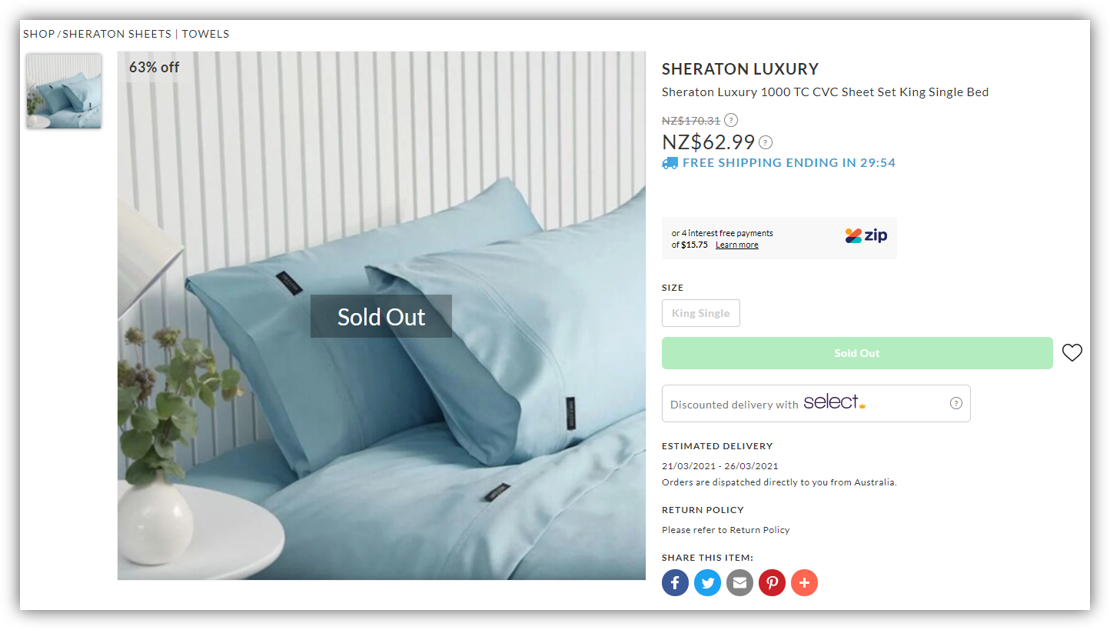Automate Out of Stock & Discontinued Product Updates for eCommerce

Keeping up with changing inventory levels and discontinued items is an overwhelming task for many merchants. The constant flow of large, unwieldy excel sheets from multiple vendors takes too much time to work through, leading to discontinued and out-of-stock items still listed on websites and available for purchase. A situation that creates more work through the admin of canceling orders with customers and the negative impact on your brand.
Luckily, there are some easier ways to process this vendor information so you can keep your store up to date. Within this article, we’ll look at the current process many merchants follow for inventory management, the importance of accurate inventory information on your online store, and some automation solutions to help solve this challenging issue.
The Current Process for Vendor Inventory Management
You might currently be receiving inventory level information from vendors by spreadsheets in emails, daily, weekly, or monthly. The spreadsheets often have the vendor’s full range, of which you will only stock some items. Within the thousands of products listed, you need to identify your items and transfer the information to your website. You also may need to spot items missing from the sheet to identify products discontinued.
The problem with this process is that there could be thousands of products on each of these spreadsheets, and you could have, for example, up to 15 vendors sending you separate sheets that you need to go through. Therefore, manually working through each inventory list takes an unmanageable amount of time and is a hotspot for human error.
Why Is Accurate Inventory So Important?
Keeping up with discontinued and out-of-stock items affects your sales revenue and the shoppers’ experience with your brand. If a customer orders a product no longer available, you need to manage the admin to refund or cancel the transaction and communicate with the customer. In this situation, you have also likely lost a sales opportunity, as they may have purchased a separate item if the availability information had been accurate. It could also leave some negativity towards your brand and reduce repeat visits from that customer due to the inconvenience.
Having a robust system in place that communicates when products are out of stock, expected in-stock dates, and allowing for pre-ordering options is also a great way to ensure you don’t miss out on sales opportunities. Like this example below, which clearly communicates that it can be ordered now, but will not be available until Mid-April for dispatch.
More than ever, in the current climate, we cannot avoid inventory delays and changes from our vendors, but we can adapt our systems and the tools we use to smooth out this process and reduce cost and friction. Vesta is one such solution, automating the receiving, processing, and updating of inventory changes directly to your website.
Automate Vendor Inventory Feeds to Update your eCommerce Store
Vesta’s platform receives the inventory feeds supplied by vendors and automatically pushes these updates through to your online store. Vesta integrates with your eCommerce platform (such as BigCommerce or Shopify) to trigger rules set up for if a product is out of stock or discontinued. For example, rules may be set to keep the product page published but add an out-of-stock message, add the date when it is expected to return, or turn the product page off altogether. (learn more about options and best practices here in this article Discontinued items and SEO – to remove or not to remove? ).
By automating inventory updates to your site, you can remove monumental amounts of on-going manual work, reduce errors and admin, and ensure the products in your eCommerce store are accurate and up to date. If you would like to learn more about how this tool could help your business, book a consultation with our friendly team.
Resource Center

A new blog series about the critical eCommerce capabilities missing in most eCommerce platforms for B2B companies. #1: Quoting & Sales Support

A closer look from the Ultra perspective on what we really mean when we talk about headless commerce and why it may not be right for every company.

Davis Art is now the only online K-12 publisher dedicated to the arts, creating top-notch curriculum and resources for art educators nationwide, all from the Ultra Commerce platform.
